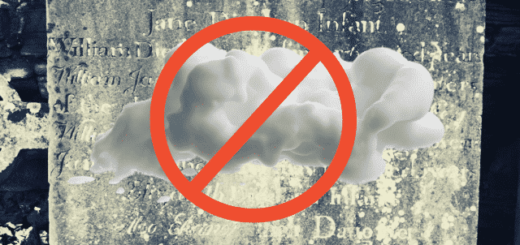Mastering the Art of Tombstone Photography: Tips for Capturing Better Images

Genealogists often rely on tombstone photographs as one of their key records, as grave rubbings may destroy some monuments that hold invaluable genealogical information. Tombstone photographs provide all this data without damaging monuments in any way.
Below are five best practices for taking photographs you can easily read and save for future study.
1. Take photos during an afternoon when the sun hits the tombstone at an angle – this will provide some additional light and create interesting shadows on its inscriptions and features.
2. Add additional light onto the tombstone surface by reflecting it with a mirror or piece of cardboard covered in aluminum foil. Do not use flash photography.
3. Avoid taking tombstone rubbings or cleaning stones with harsh chemicals or sharp objects, such as stiff brushes. Involve the sexton before any removal or harm is caused to any plants; loose debris should be gently removed by using natural sponges, soft brushes and light water baths (not power washing).
4. Take multiple photos at various distances and angles, such as close-ups of grave inscriptions or all sides of stones with writing or images; group shots of family grave clusters; the cemetery entrance with your name on display – these ideas should serve as guides when taking images for research purposes.
5. Once you have taken photographs, make use of contrast and brightness settings in your photo-editing software to better illuminate difficult-to-read inscriptions.
Add images of ancestral profiles in family history software and online public trees. Upload to gravestone websites such as BillionGraves or Find a Grave.
This article first appeared in Family Tree Magazine’s March/April 2019 edition.



